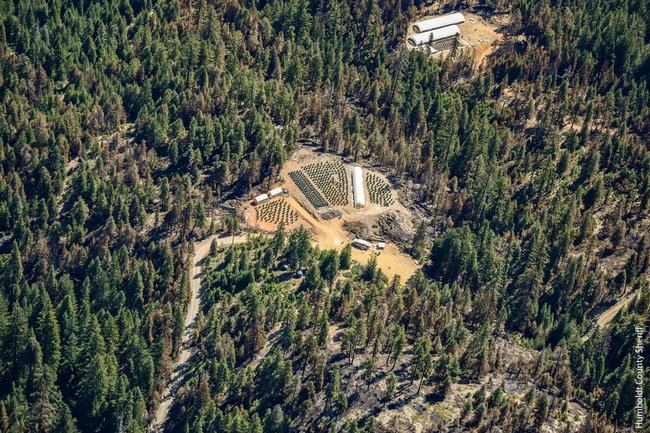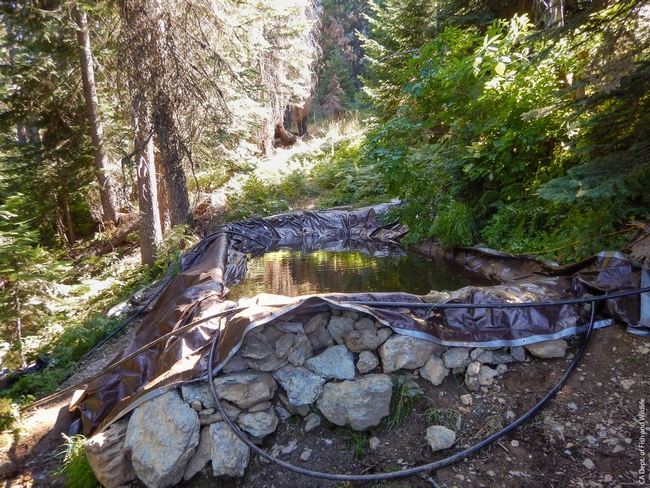- Author: Pamela Kan-Rice
Legalization of cannabis in California changes the dynamics of competing industries
Humboldt County has long been known for marijuana production. Over the last decade, the North Coast's Emerald Triangle – Humboldt, Mendocino and Trinity counties – have experienced a large influx of growers moving to the area to get into the cannabis business.
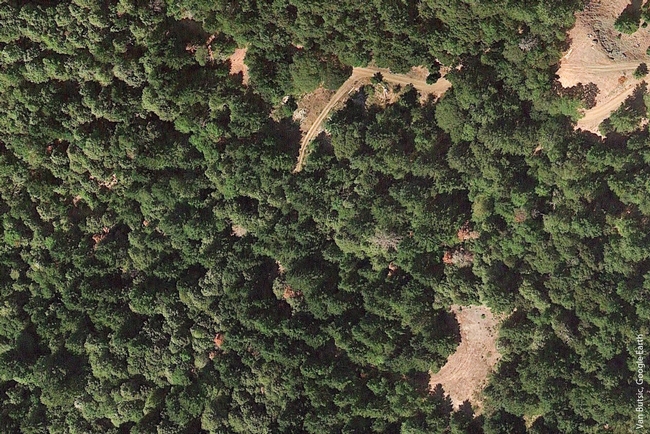
The greatest expansion of cannabis cultivation occurred within the remote corners of these counties.
“Forested and woodland parcels became valued, not for timber or ranching, but for their capacity to support cannabis operations,” said Yana Valachovic, UC Cooperative Extension director and forest advisor in Humboldt County. “Land prices skyrocketed and a whole wave of newcomers surrounded ‘traditional' producers of forest products and beef. The nearly exponential growth of the cannabis industry has been a shock to some and there has been a steady discussion of social, economic and environmental concerns.”
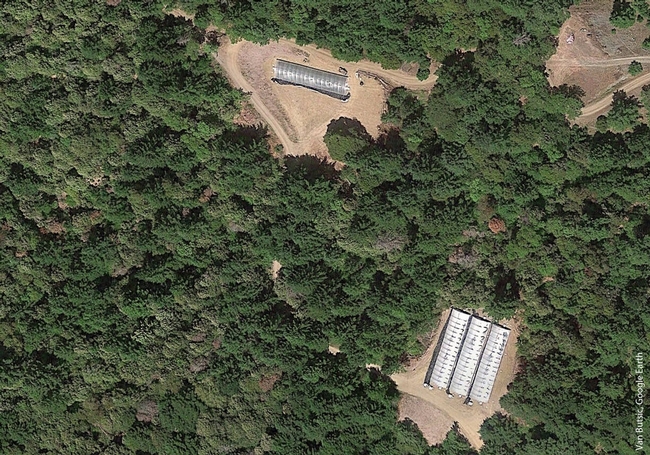
Of the 71 landowners responding to the survey, 18% said they had grown cannabis on their property and 40% said they had indirectly profited by trucking or operating heavy equipment for the cannabis industry. About half of the landowners didn't indicate whether they had or had not grown cannabis.
While the burgeoning cannabis grows have brought jobs to the economically challenged county, over 60% of the landowners agreed that cannabis had contributed to labor costs, 57% agreed it had negatively affected their livestock operations and the majority reported negative impacts to their property.
“Fences have been wrecked, roads damaged, and stream water theft,” wrote one rancher.
Since cannabis has become legal in California, most landowners (64%) have maintained their views on the industry. Yet, Valachovic and her colleagues are interested in seeing how this rural community adapts to protect its environmental health and economic prosperity.
“It's not news that ranchers can have issues with cannabis farmers, but the evolving perspective is what most excites me about this survey,” she said. “The cannabis industry is very dynamic and has experienced rapid expansion, price highs and lows, and an evolving public policy discussion trying to keep up with the changes. The results of this survey reflect opinions from 2018 and with the inclusion of hemp or low THC cannabis, perspectives will continue to evolve.”
The study was conducted by Valachovic, UC Cooperative Extension advisors Lenya Quinn-Davidson and Jeffery Stackhouse, and UC Cooperative Extension specialist Van Butsic in the Department of Environmental Policy Management at UC Berkeley.
The authors concluded that while public policy will not solve all social behaviors and competing industry needs, land-use policy can help mediate land-use conflicts and zoning to support new economic opportunities as well as existing multigenerational businesses.
“Humboldt has been at the forefront of these issues for decades and perhaps the lessons learned here can be helpful for other communities,” Valachovic said.
The survey results are published in the July–December 2019 edition of California Agriculture, the peer-reviewed journal of UC Agriculture and Natural Resources.
- Author: Pamela Kan-Rice
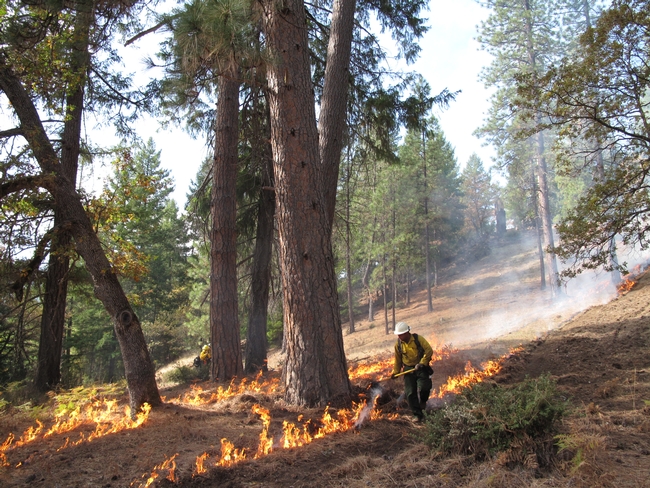
After a year of planning, a two-week controlled-burn training event will be held from Oct. 13 to 26. During the event, 30 fire professionals from California, Oregon, Washington, Nevada, Utah and Maine will be working and training with local hosts across northern California, with sites around Orick, Hayfork and Redding.
Last year, a similar event brought 40 firefighters from across the country to help the National Park Service and private landowners complete controlled burns as part of restoration and wildfire hazard reduction projects. Controlled burns are an important tool for creating fire safe communities, restoring resilient forests, and nurturing native plants and wildlife.
This summer, a wildfire that threatened the town of Weaverville was stopped when it hit an area burned eight months prior in a controlled burn. Previously burned areas were also critical to fire suppression efforts on the 2013 Rim Fire in the Sierra. These types of trainings are becoming increasingly important as drought and climate change increase the risk of severe fire, and land managers require new skills and experience to restore beneficial fire to the landscape while protecting communities and ecosystems from more destructive wildfires.
The Northern California Prescribed Fire Council and The Nature Conservancy are the main organizers of this year's event, which is designed to make the forests more fire resilient while at the same time helping fire professionals build new skills and partnerships. The same training model is being used across the country, with events held this year in Nebraska, Virginia, New Mexico, and in the mid-Klamath region of Humboldt County.
Participants in the fire training will include fire practitioners from local fire departments, government agencies, universities, non-governmental organizations, and local landowners. The training will be hosted by Redwood National Park, Whiskeytown National Recreation Area, and the Watershed Research and Training Center. In addition to working on the controlled burns, participants will learn about local fire ecology, laws and regulations, and how collaboration contributes to greater conservation.
These controlled burns will only be implemented if weather conditions meet the parameters for a safe, effective operation. Thanks to the recent rains, we are expecting conditions to line up nicely.
For more information, contact Yana Valachovic, UC Cooperative Extension Forest Advisor at (707) 445-7351 or yvala@ucanr.edu.

